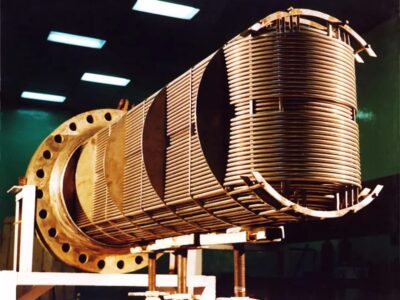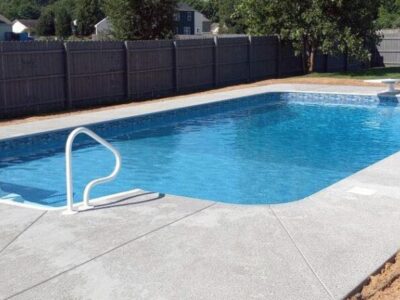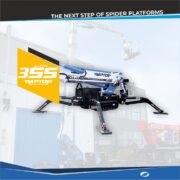
A utility pump is a popular tool in homes and businesses across all industries. They are typically made of plastic, thermoplastic, or stainless steel but lightweight housing. It helps in pulling water from one place to another. Also, it can be designed to move abrasive materials, acids, chemicals, hazardous materials, etc., but that’s not all; you need to know the types, features, and applications of utility pumps.
Key Features of Utility Pumps
Utility pumps have various features such as:
- Versatility: You can use a utility pump for various purposes, like draining water from rooftops and basements or watering plants and waterbeds. The pumps are versatile and don’t require fixed installation.
- Durability: Utility pumps are durable as they can resist more adverse environments and serve longer. Also, it is easy to install, and you’ll incur minimal maintenance costs.
- Portability: Utility pumps are mostly thermoplastic, making them lightweight housing. You can easily move them around and apply them in small spaces where other water pumps cannot fit.
- Adjustable speed: The feature allows you to operate the pump at selected speeds, and if it’s a continuous duty pump, it will maintain performance specifications during the duty cycle.
- Run dry capabilities: The features enable the pump to operate without pumped fluid or external lubrication for longer.
- Self-priming: The design creates and maintains a vacuum level enough to draw fluid into the inlet without external aid.
Other features include battery backup, grinding mechanism, level control device, thermal overload protection, corrosion resistance, etc.
Types of Utility Pumps
There are numerous types of utility pumps, including:
- Submersible: The pumps can be fully submerged in water and do not require priming or suffer from air leaks. The submersible utility pump can remove standing, empty, clogged tubs or drain window cells.
- Pool cover pumps are designed to prevent water buildup on pool covers.
- Condensate pumps: An air conditioner coil can produce condensation that can be hazardous. A condensate utility pump works alongside the air conditioner to remove the resulting water.
- Transfer pump: It can move huge amounts of water from one point to another using hoses or pipes, simplifying water management.
Applications of utility pumps
You can use utility pumps for commercial, industrial, and marine purposes. Such fields include agriculture, construction, food service, power generation, and oil and gas production.
How to choose the right utility pump
Choosing the right utility pump can be a daunting task. The goal is to use a suitable pump that serves your needs. You can achieve that by considering the following factors:
- Type of water you’re dealing with: Ensure your choice of utility pump is ideal to address the type of water you’re dealing with in your place.
- Size of your property: Choose a sizable utility pump that can effectively serve your property.
- Motor selection: Some motors are ideal for huge purposes, while others are not. Ensure your utility pump motor has the right motor to match your needs.
- Budget: The price of utility pumps varies depending on their features. The tip is to choose a suitable one that is within your budget.
Conclusion
A utility pump is a versatile tool you can use in numerous ways. Whether it’s a pond, a pool, a blocked sink, or an enclosed place, a utility pump is a sure solution. It boasts unique features that make it stand out and preferable to other pumps. Buy a high-quality utility pump and enjoy its benefits!














